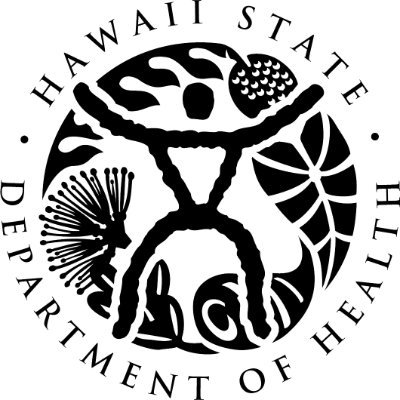
Measles Case Confirmed In Child On Oʻahu
On Apr. 8, 2025, the Hawaiʻi Department of Health (DOH) State Laboratories Division confirmed a case of measles in an unvaccinated child under 5 years of age on Oʻahu. The DOH is investigating the case to identify those who might have been exposed and is working with them to prevent the spread of disease.
The child had recently returned from international travel with its parents. The child developed a fever, runny nose and cough shortly after returning to Hawaiʻi, sought medical care after breaking out in a rash, and is now recovering at home. A household member with similar symptoms is also being evaluated for possible measles infection.
If you have never received a measles-containing vaccine (either the measles, mumps and rubella (MMR) vaccine or a measles-only vaccine which is available in other countries), you may be at risk of developing measles. Anyone who was exposed and considered to be at risk of developing measles should contact their healthcare provider immediately. Vaccine or immune globulin can be given to prevent measles if received shortly after exposure.
Measles is one of the most highly contagious viruses in the world. It spreads by direct contact with an infected person or through the air when an infected person coughs or sneezes. An infected person can spread measles to others from four days before developing the rash through four days afterward. The virus can remain in the air for up to two hours after an infected person has left the room.
The best protection against measles is the MMR (measles, mumps, rubella) vaccine. All children should receive two doses of the MMR vaccine. The first dose is given at age 12-15 months and the second dose at 4-6 years of age. If you are planning travel, consult your healthcare provider to determine whether an additional or earlier dose of MMR is recommended. All adults born during or after 1957 should also have documentation of at least one MMR vaccination, unless they have had a blood test showing they are immune to measles or have had the disease.
Tags:
Source: Hawaiʻi Department of Health
Credit:
